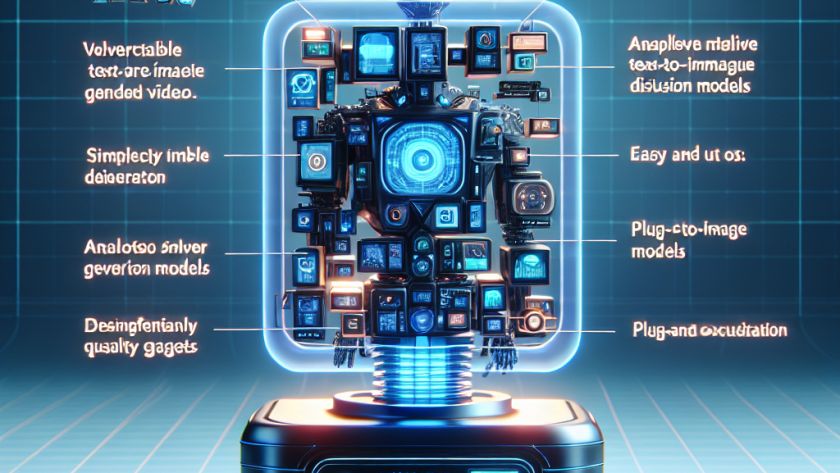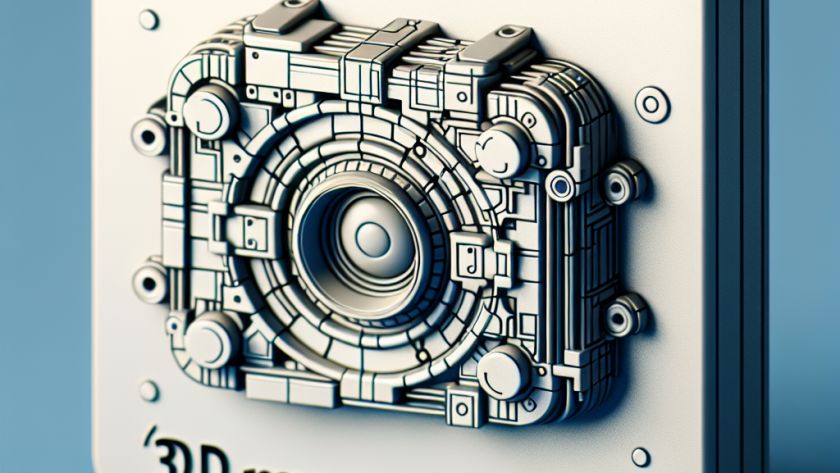Optical flow estimation aims to analyze dynamic scenes in real-time with high accuracy, a critical aspect of computer vision technology. Previous methods of attaining this have often stumbled upon the problem of computational versus accuracy. Though deep learning has improved the accuracy, it has come at the cost of computational efficiency. This issue is particularly…












